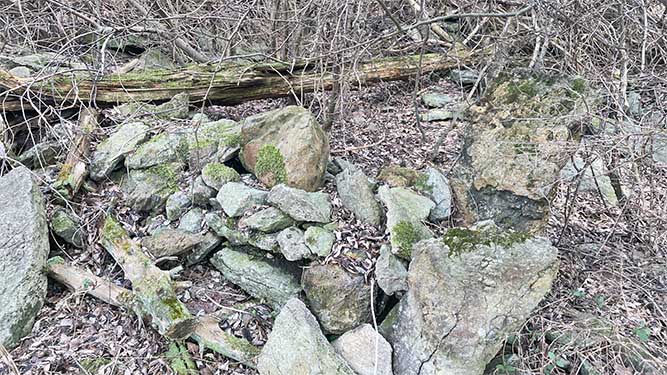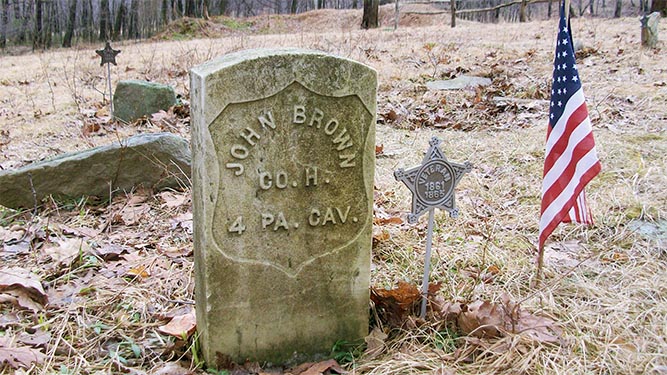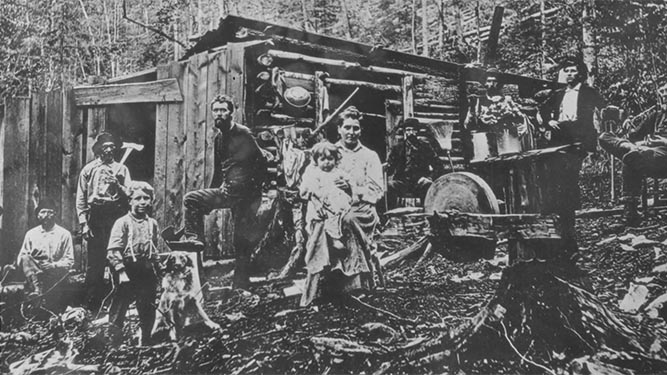In addition to being beautiful places and habitat for wildlife and plants, Pennsylvania state parks and forests have connections to people and history.
Oftentimes, those connections are documented and shared online and with visitors through exhibits, signs on location, and programs.
The Department of Conservation and Natural Resources (DCNR) is committed to enhancing the information and programming provided in state parks and forests to be more inclusive.
“Untold stories” are part of our history that are unacknowledged. The contributions that people of color, women, and other minority groups have made to our society, economy, and culture that have been left out.
“The department is committed to better understanding the rich history, impact, and experiences of diverse groups on public lands,” said DCNR Director of Diversity, Equity, Inclusion, and Belonging Arlene Marshall-Hockensmith. “Finding untold stories not only provides us with a great opportunity to spotlight unknown and hard to tell cultural stories and histories of the underrepresented but helps us to preserve the places for others to tell them.”
The department created an Untold Stories Subcommittee to streamline the sharing, discussing, and brainstorming of stories and create a repository of this work.
Some recent work involves discovering the history of tracts in the William Penn State Forest and Laurel Ridge State Park, as well as women in the lumber industry in the Pennsylvania Wilds.
The Turner Place, William Penn State Forest

The remains of the Turner homestead in William Penn State Forest
At the Goat Hill Wild Plant Sanctuary in the William Penn State Forest in Chester County, there is a curious ruin of what looks to be two stone foundations and a retaining wall.
Former district forester Stephen Wacker helped discover something about its story.
Sometime before 1850, Archibald Turner acquired about nine acres along Pine Run.
He lived there with his wife Lucinda, three daughters, and a son. The Turners were a Black family, one of the very few to own their own farm in Chester County.
Most census records indicate Archibald’s occupation as laborer, and it is likely he worked in the local mining industry.
The stone foundations are made from quarried serpentine rather than fieldstone and were probably obtained from the nearby magnesite mine.
Archibald had served in the Union Army during the Civil War, as a Private in Company B of the 127th U.S. Colored Troops.
Sometime between 1855 and 1884, Archibald and Lucinda added 15 acres to their holdings and became farmers. Livestock grazing was the only viable agriculture on the poor soil.
Among several remarkable aspects of the Turner family is the fact that they lived less than 600 yards from the border with Maryland at a time of great insecurity for African Americans.
A son sold the 15-acre tract in 1906, and the original nine acres apparently were abandoned and eventually sold at tax sale in 1974.
Approximately five families once lived on what is now the Goat Hill Tract of William Penn State Forest; but only the Turners, it seems, tried to make a living farming on land they owned there.
The Brown Farm, Laurel Ridge State Park

Gravestone of John Brown who served in the United States Colored Troops during the Civil War
Known by several names including the Brown Farm, the Mountain, and the Laurel Hill Settlement in what is now Laurel Ridge State Park, the community dated back to at least the 1820s and included Black, White, and Indigenous residents.
A new series of
story maps includes tales of this community as told through its historical context, land use, and women.
The Laurel Hill Settlement has a lot to tell us about how a unique community adapted to life on the Pennsylvania frontier, life on the mountain, and life in America.
The Western Pennsylvania Conservancy led this project, with more stories to come. Indiana University of Pennsylvania professors and students performed much of the research.
Studying Diversity in Pennsylvania’s Lumber Industry

No photographer noted. Camp life in the black forest. Lycoming County Historical Society. Retrieved from https://powerlibrary.org/
Funded in part by a DCNR grant, the Lumber Heritage Region has studied the historic role of women and diverse or marginalized ethnic and cultural identities in the history of northcentral Pennsylvania’s lumber industry.
“One of the tasks I take very seriously is using the past to educate the future,” said Holly Komonczi, executive director of Lumber Heritage Region. “The forest products industry has many opportunities for our young people, right here in our backyards. We are striving to make everyone feel welcome to take advantage of a career in the forest products industry.”
A
study on women and Black history in the forest products industry is now being used as a model for other Pennsylvania Heritage Areas.
The work will be used in relating and teaching a more comprehensive and inclusive history of the region.
Telling stories so that they are no longer “untold” is important work to make our parks and forests welcoming to all.
Learn more on
DCNR’s website about the ongoing work to ensure DCNR lands are accessible to all, provide inclusive and equitable programs and services, and recruit and retain a diverse workforce.